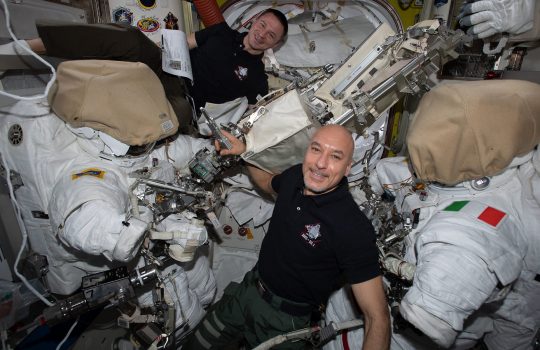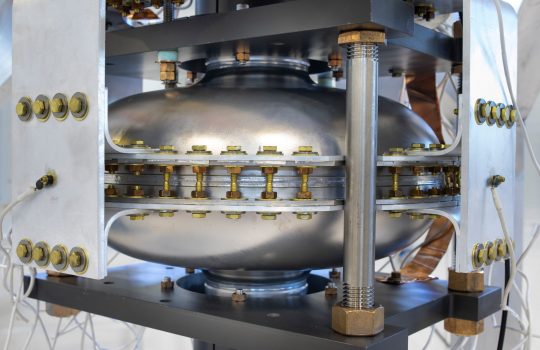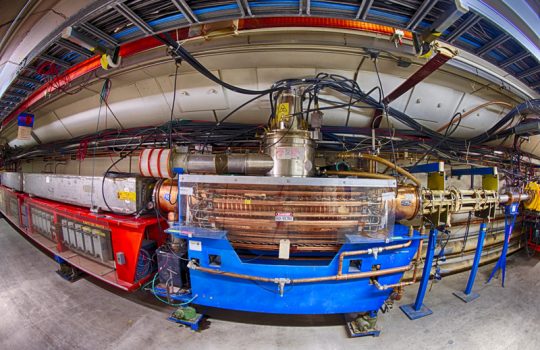ISS astronauts start AMS repair
A series of joint NASA and ESA spacewalks four years in the making aims to extend the life of the AMS particle detector. On Nov. 15, astronauts took on a series of tasks ranging in difficulty from zip-tie-cutting to safely launching a piece of equipment into space, all while orbiting the planet at around 5 miles per second. The goal was to fix a component of the Alpha Magnetic Spectrometer, an international particle physics experiment, and to extend its study of cosmic rays, dark matter and antimatter for another decade.





